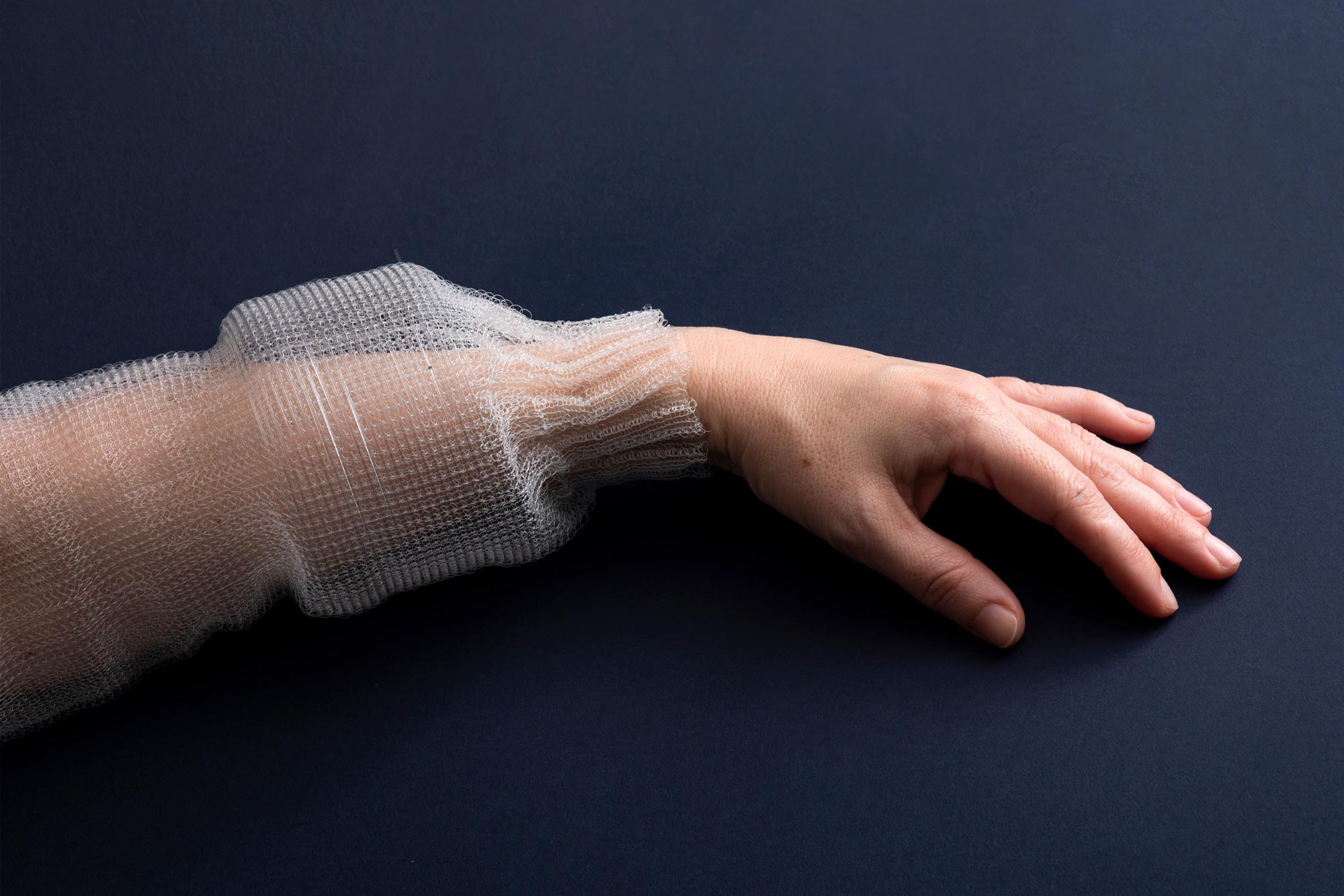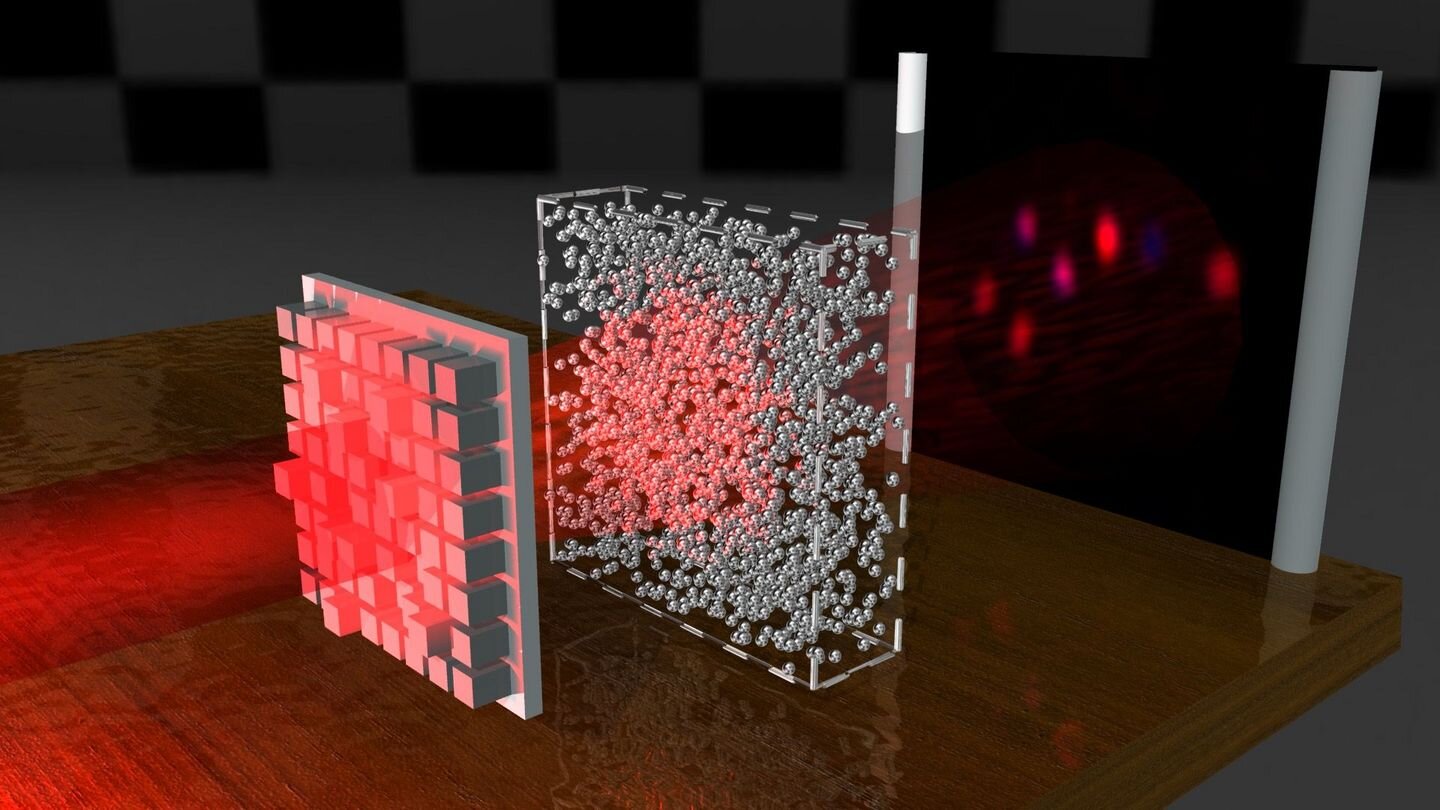
The digital fiber has memory, temperature sensors, and a trained neural network algorithm for detecting physical activity.
MIT researchers have developed the first digital fiber capable of sensing, storing, analyzing, and inferring activity after being inserted into a shirt.
According to Yoel Fink, a professor of material sciences and electrical engineering, a Research Laboratory of Electronics principal investigator, and the study’s senior author, digital fibers expand the possibilities for fabrics to uncover the context of hidden patterns in the human body that could be used for physical performance monitoring, medical inference, and early disease detection.
Alternatively, you may someday keep your wedding music in the gown you wore on your wedding day – more on that later.
Fink and his colleagues present the characteristics of digital fiber in Nature Communications. Electronic fibers have recently been analog (carrying a continuous electrical signal) rather than digital (carrying discrete bits of information recorded and processed in 0s and 1s).
“This work represents the first realization of a fabric with the ability to digitally store and process data, adding a new information content dimension to textiles and allowing fabrics to be programmed literally,” Fink adds.
The paper’s principal authors are MIT Ph.D. student Gabriel Loke and MIT postdoc Tural Khudiyev. Other co-authors include MIT postdoc Wei Yan, MIT undergraduates Brian Wang, Stephanie Fu, Ioannis Chatziveroglou, Syamantak Payra, Yorai Shaoul, Johnny Fung, and Itamar Chinn, and John Joannopoulos, the Francis Wright Davis Chair Professor of Physics and director of the Institute for Soldier Nanotechnologies at MIT.
Memory
Hundreds of square silicon microscale digital chips were placed into a preform, which was then utilized to construct a polymer fiber to produce the new fiber. The researchers established a fiber with a continuous electrical connection between the chips for a length of tens of meters by accurately managing the polymer flow.
The fiber itself is thin and flexible, and it can be threaded through a needle, sewed into clothes, and washed at least ten times without degrading. “When you put it into a shirt, you can’t feel it at all,” says Loke. You’d never know it was there.”
He claims that creating a digital fiber “opens up new areas of opportunity and solves some of the problems associated with functional fibers.”
For example, it enables control of individual elements inside a fiber from a single location at the fiber’s end. “Think of our fiber as a corridor, and the elements as rooms, each with their own unique digital room number,” Loke says. The research team created a digital addressing approach that allows them to “turn on” the functionality of one piece without turning on all of them.
A digital fiber may also hold a large amount of data in memory. The researchers were able to write, save, and read data on the fiber, including a 767-kilobit full-color short video file and a 0.48-megabyte music file. Without power, the files can be saved for two months.
When Loke and his colleagues began brainstorming “crazy ideas” for the fiber, they considered uses such as a wedding gown that would store digital wedding music inside the weave of its fabric or even putting the story of the fiber’s production into its components.
Fink mentions that the MIT study was conducted in close cooperation with Anais Missakian’s textile department at RISD. Associate Professor Anna Gitelson-Kahn inserted digital fibers into a knitted garment sleeve, opening the door for the first digital clothing to be created.
Artificial intelligence is embedded in the human body
The fiber also advances artificial intelligence by incorporating a neural network with 1,650 connections within the fiber memory. The researchers utilized the fiber after wrapping it around the armpit of a shirt to capture 270 minutes of surface body temperature data from a person wearing the shirt and assess how these data correlated to different physical activity. When trained on this data, the fiber was able to predict the activities of the individual wearing it with 96 percent accuracy.
According to the researchers, adding an AI component to the fiber expands its possibilities even further. According to Loke, fabrics with digital elements may gather a lot of data across the body over time, and this “lush data” is ideal for machine learning algorithms.
“This type of fabric could provide a large amount of high-quality open-source data for extracting previously unknown body patterns,” he explains.
With this analytical capability, the fibers might one day detect and notify individuals in real-time of health problems such as a respiratory decrease or an irregular pulse or provide muscular activation or heart rate data to athletes during training.
Because a small external device controls the fiber, the next stage will be to create a new chip in the form of a microcontroller attached to the fiber itself.
“When we can do that,” Loke adds, “we can call it a fiber computer.”
Reference:
Engineers create a programmable fiber | MIT News …. https://news.mit.edu/2021/programmable-fiber-0603




